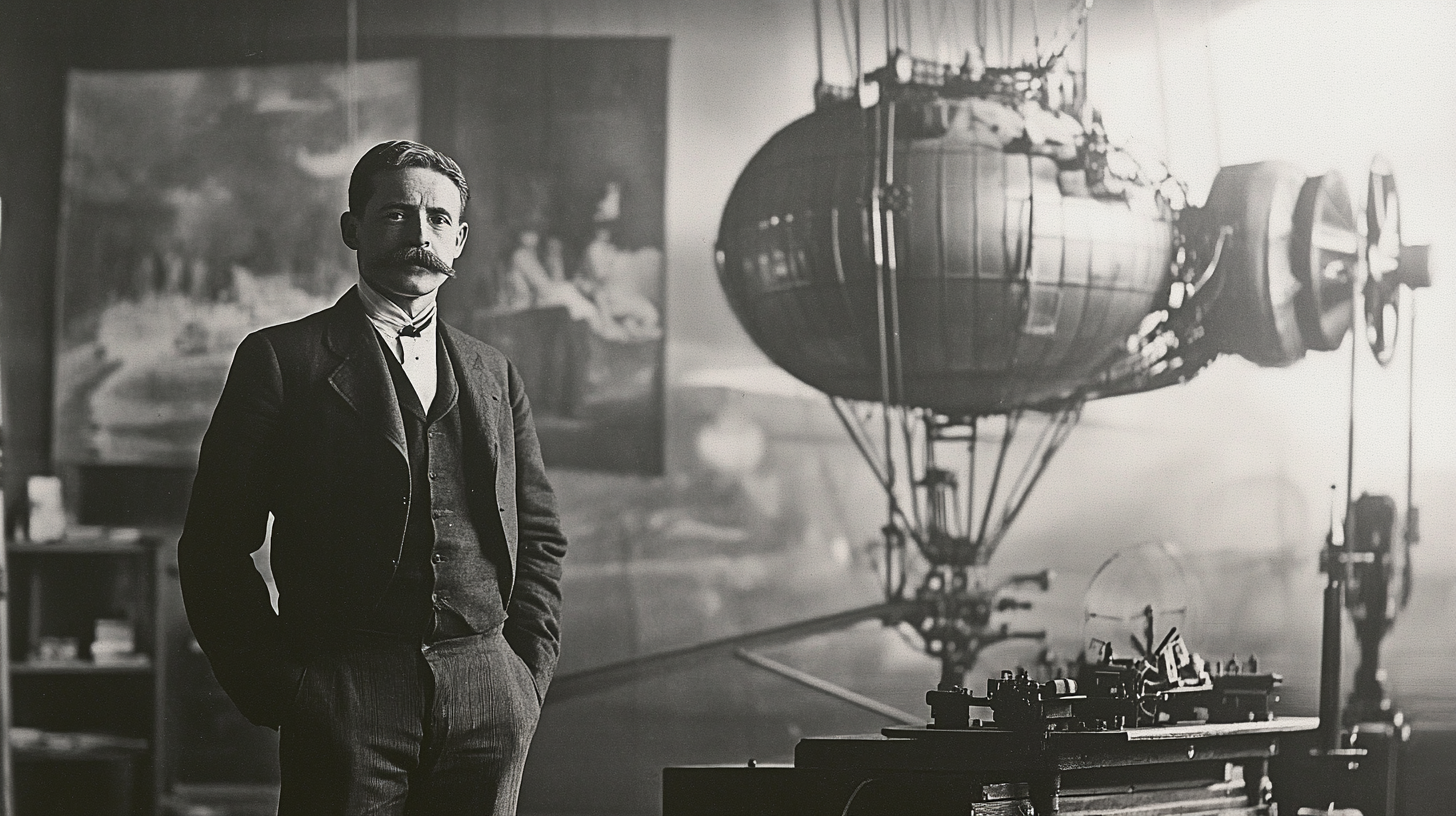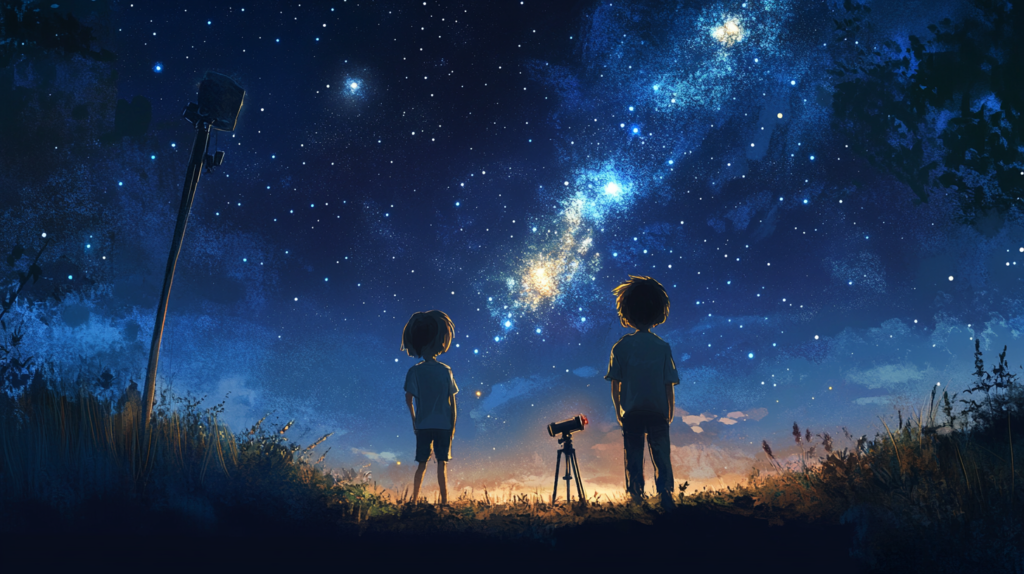
Introduction: A Dream Written in the Stars
Have you ever looked at the sky at night and not have the slightest idea of what lies beyond the stars? For many, it’s just a passing thought, a fleeting curiosity that disappears with the morning sun. But for some young dreamers, that curiosity becomes an unshakable passion.They don’t just stare at the stars; they chase them, study them, and sometimes even discover things that change what we know about the universe.
This story is about those dreamers, children, and teens who bravely reached for the cosmos. With backyard telescopes and groundbreaking discoveries, these young astronomers dismiss the idea that age is any barrier to unraveling space’s mysteries. You may enjoy reading their stories, you may learn from them, and perhaps, they will even restore your childhood wonder. Introduction: A Dream Written in the Stars
The Moment of Curiosity: How It All Begins
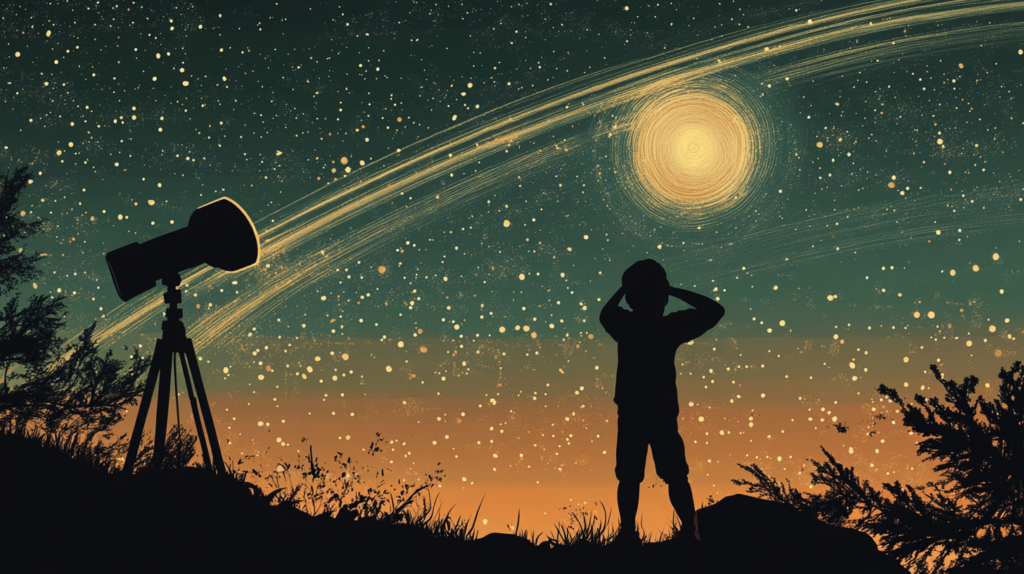
Every young astronomer has a moment that defines them when the universe suddenly becomes personal and starts to pull them in, begging to be explored. It might be the first time you see the rings of Saturn through a telescope, or it might be a book about black holes with your nose pressed against it.
Sometimes, a simple question—what if?—sends people into a spin. For most, this passion is kindled in childhood. Some spend their time watching space documentaries, their eyes popping out as they learn about galaxies light years away. Others may have been to a planetarium, and the show involving a simulated night sky may have touched their hearts.
There is also a group of people who have the privilege to experience an astronomical event, such as a meteor shower, and feel the greatness and the beauty of the universe around their chest. But what is the difference between a one-time interest and a lifetime interest? Persistence. The continued pursuit of knowledge, staring at the sky, and questioning things that have not been understood.
Young Astronomers Who Changed the Game
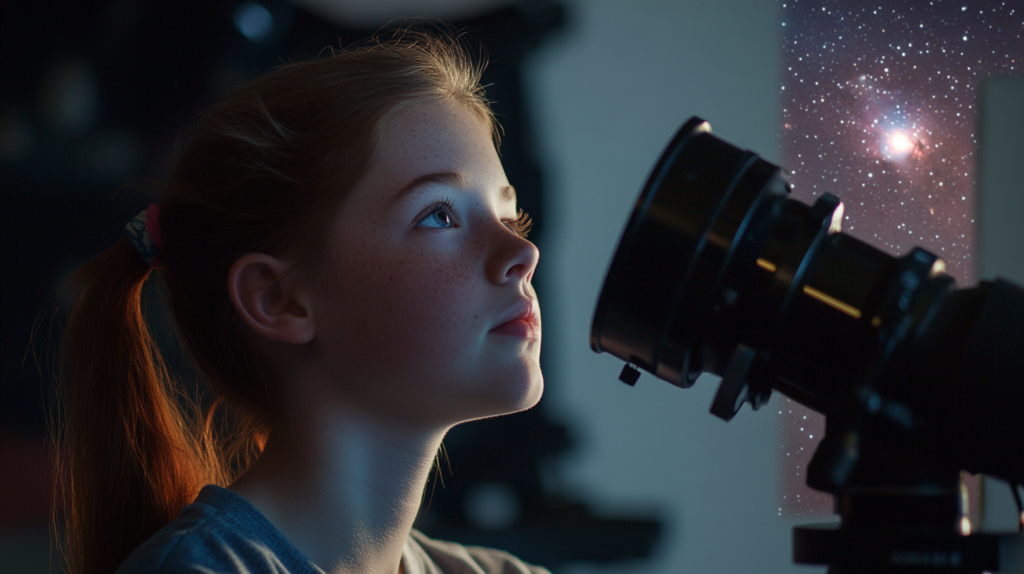
Revisit Some Real-Life Young Astronomers Who Made Their Passion Discoveries.
Caroline Moore: The Supernova Hunting Teenager
What was it like to be 14 and have found something that didn’t exist before? That is exactly what happened to Caroline Moore, a teenager from New York whose age made her the youngest supernova discoverer ever.
Instead of texting friends or playing video games, like most teens, Caroline spent her nights with a telescope scanning the sky. But one night, she saw something she shouldn’t have: a bright light that wasn’t there the last time she looked. When experts investigated further, they determined that she had found a rare type of supernova: the death of a star in a massive explosion.
It wasn’t just impressive; her discovery was groundbreaking. Scientists were also able to determine how stars die from her research. But then again, that’s what Caroline became: An inspiration to young astronomers everywhere.
Alyssa Carson: Training for Mars at 12

If you ever hear that dreams come with limits, tell that to Alyssa Carson. To Alyssa, from the time she was a child, there was one goal in mind: to go to Mars. And she wasn’t just talking about it; she was doing everything she could to make it happen.
At the young age of 12, Alyssa was approved for NASA’s prestigious space camp. She trained with astronauts, learning how to survive, how rockets work, and even how to float in zero gravity. You wouldn’t think it, but most kids her age were worried about middle school; Alyssa was worried about deep space.
She was the first person to attend all three NASA space camps in different countries and proved that determination and passion can get you higher than the stratosphere. Her story tells us that there are no big dreams – including traveling to another planet.
Caroline and Alyssa aren’t alone.
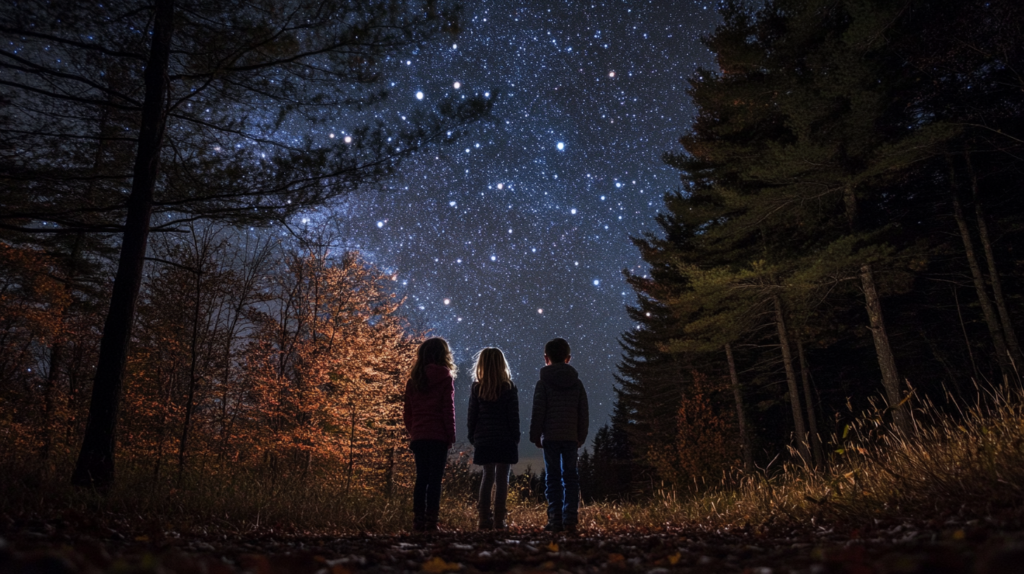
The world over, young minds are making astonishing contributions to astronomy:
In Canada, Nathan Gray, 10, is the youngest to find a supernova. Jack Davis, a nine-year-old from the U.S, sent an application for a NASA planetary protection job and thus proved that space dreams are not only for adults. Jasmine Ghozali, a teen, discovered several exoplanets with the help of NASA’s citizen science program. These are incredible achievements for each of these young astronomers, who have proved that incredible discoveries are the result of curiosity, passion and a bit of daring.
How Young Astronomers Study The Stars

You might be wrong if you think it takes a giant observatory to explore space! Some young astronomers start as early as their backyard or bedroom and use simple tools like:
- Telescopes – A good telescope can open up the universe to beginner-friendly models, to powerful, computerized versions.
- Stargazing Apps – Star Walk and SkyView are astronomy apps that turn smartphones into virtual observatories.
- Citizen Science Programs – Kids and teens can contribute to real scientific research through NASA’s Zooniverse and Exoplanet Explorers.
- Astronomy Clubs – Young enthusiasts can often find stargazing events and workshops hosted by schools or local observatories.
Challenges Faced by Young Astronomers

The road to discovery, however, is not always an easy one. Some obstacles are encountered by young astronomers that could have been enough to put off anyone:
Limited Resources: Not every child has a telescope or even access to an observatory.
Skepticism: Some people dismiss children’s discoveries, telling us that they are only good for our imagination and that real science is only for adults.
Gender Stereotypes: Even to this day, it can be difficult for young girls to shake off the negativity aimed at science.
But such obstacles are not roadblocks, but rather hurdles that have yet to be leapt over. With the parents, teachers’, and mentors’ help, young astronomers can bulldoze through these barriers and leave their imprint on the universe.
Inspiring the Next Generation of Stargazers

So, how can we foster the next generation of astronomers?
- Encourage Curiosity – Have fun answering kids’ questions about space. Spark their imagination!
- Provide Hands-On Learning – Let them use a telescope, watch a space documentary, or visit a planetarium.
- Introduce Role Models – Share stories about young astronomers who have made real discoveries.
- Join Science Programs – Get your kids into space camps, astronomy clubs, or online science initiatives.
Final Thoughts: The Universe Is Waiting

The stars may seem far away, but they are much closer than one could imagine. Every great astronomer of any age begins with a single moment of inspiration. It may be the moment you turned your eyes to the sky or spotted a meteorite or watched a rocket launch on TV.
That interest? It can change everything. In that case, to all the young dreamers out there: keep looking up. The universe is huge and intriguing, and who knows what other surprises it holds? Maybe the next big find will be made by you!
Because the stars aren’t out of reach—they’re just waiting for someone brave enough to touch them.
Read More – The Hidden Messages in Famous Paintings Art: What Historians Want You to Know









